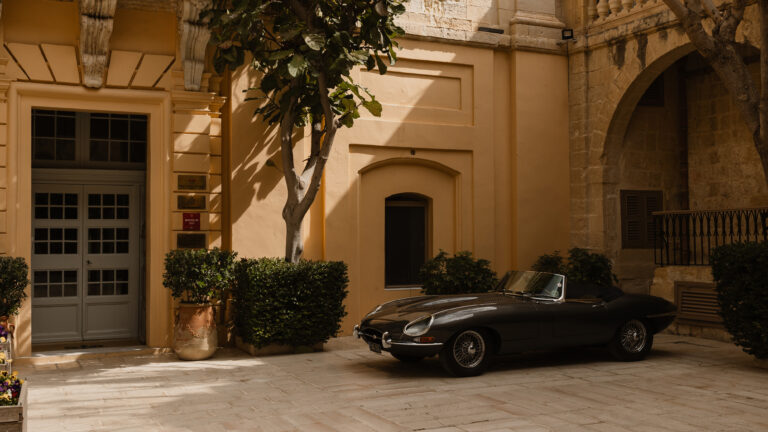Our phone lines are open from 09:00 - 17:00
Mdina
Mdina
"A peaceful island just north of Malta, perfect for tranquillity and getting away from life's stresses... Home to Malta's cultural and traditional buildings, Mdina is a sightseeing paradise..." A stunning walled city perched on a hilltop, its magnificent medieval walls have a golden tint to them. Once the capital of Malta, Mdina combines Arabic, Norman, Renaissance, and Baroque architecture into a fabulous, sensual feast of meandering alleys, ancient gateways, and imposing walls. This makes it ideal for people seeking a city break that will transport them back in time: to a carless world that is both beautiful and alluring. Mdina, also referred to as Malta’s “Silent City” and “Noble City”, acted as the island’s capital from antiquity until the Medieval period when Valletta took on the mantle, and can trace its history back around 4,000 years. Mdina is considered by many to be one of Europe’s finest examples of an ancient walled city. With its timeless atmosphere and architectural and archaeological treasures, Mdina is one of Malta’s most revered attractions.
The city has a rich history for visitors to enjoy, having been occupied for over 3,000 years. It was also the place where St Paul came to meet the Roman governor when he was shipwrecked on the island, and a gorgeous 11th-century cathedral stands on the spot where the meeting supposedly took place. This all serves to make Mdina a magical place that is ideal for anyone interested in history or architecture.
At a Glance
Airports
Malta International Airport (MLA)
Avg. Flight Time
3 Hours
Avg. Temperature
26°C
Avg. Transfer Time
45 Minutes
Time Zone
GMT +1
Currency
Euros
Language
Maltese
Population
40,000



